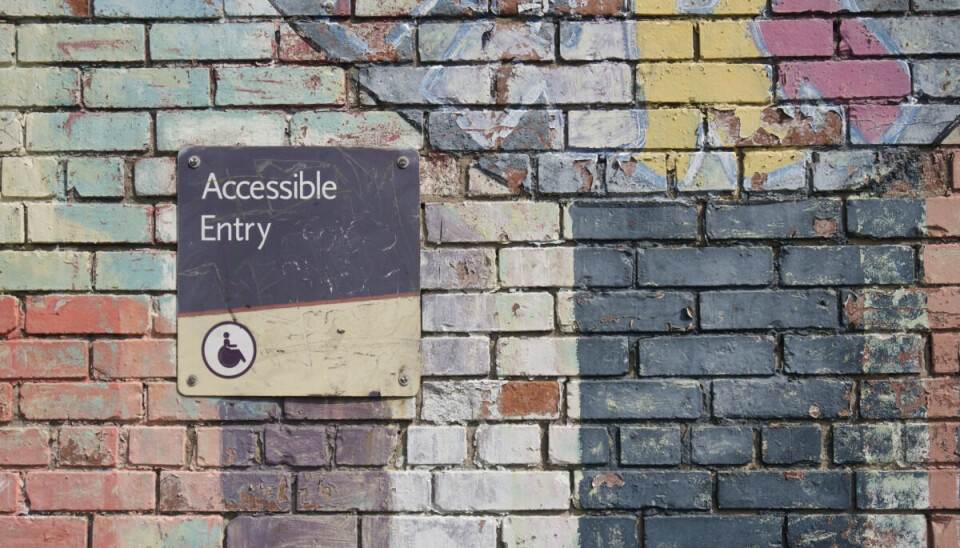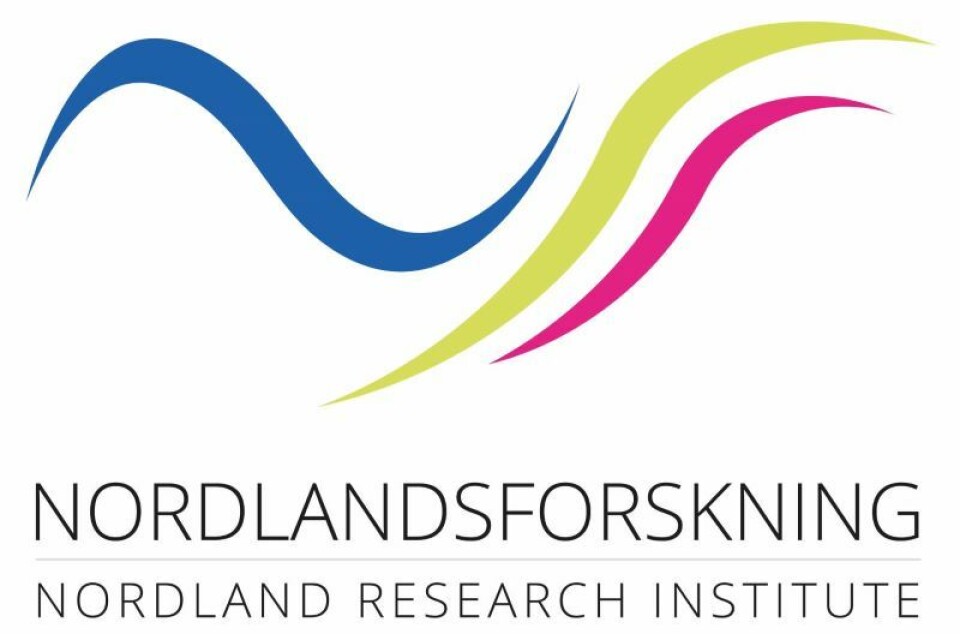THIS ARTICLE/PRESS RELEASE IS PAID FOR AND PRESENTED BY Nordland Research Institute - READ MORE

Accessibility issues cost the tourist industry billions in lost income
There are more than 1 billion people with disabilities or access requirements globally. So why has the tourism industry yet to adapt its accommodations or attractions for these customers?
Senior researcher Karin Marie Antonsen at Nordland Research Institute leads the ACCESSTOUR project with the main goal of developing more accessible nature-based tourism. They will do this through innovation, inclusion, and stakeholder involvement, while using Norway as a case.
Together with her colleagues, ACCESSTOUR will increase knowledge on how more accessible rural destinations and communities can create value for visitors and citizens with different functional abilities.
Lack of information and accessible infrastructure is why people with disabilities choose urban destinations over rural ones.
In this video, Antonsen talks more about the ACCESSTOUR project. (Video: Nordland Research Institute / YouTube)
Billions of euros lost
European destinations lose € 142 billion annually due to a lack of facilitation.
So why do so many tourism actors not engage in being accessible?
"Probably because they are afraid to do the wrong thing, say the wrong thing, and even insult people," Ivor Ambrose says.
He is a managing director at the European Network for Accessible Tourism (ENAT), and a partner in this project.
"You are not sustainable if you are not accessible," Ambrose continues. "A more inclusive tourism sector can contribute to public health, life quality for local citizens, and to fulfilling the UN's sustainable development goals and their principles of leaving no one behind."
Here you can watch Ivor Ambrose's full interview. (Video: Nordland Research Institute / YouTube)
Barriers to accessible tourism
Limited physical access, lack of information and attitudinal barriers towards people with disabilities are some barriers to accessible tourism.
There are also a lot of myths about accessibility.
Cato Lie from the Norwegian Federation of Organisations of Disabled People mentions two such myths:
- It is too expensive to facilitate inclusive tourism
- It is insulting to ask disabled people what they need
In his interview, Cato Lie talks about the barriers and myths about accessibility. (Video: Nordland Research Institute / YouTube)
Why should we care about more inclusive tourism for all?
With millions of potential customers, the market opportunities are endless.
Customers that find accessible places often stay longer, travel in larger groups, travel more often, spend more money, return to the same destinations and pass on word of mouth to family and friends.
And with the European population getting older, accessibility is a requirement, possibly for us all.

This article/press release is paid for and presented by Nordland Research Institute
This content is created by Nordland Research Institute's communication staff, who use this platform to communicate science and share results from research with the public. Nordland Research Institute is one of more than 80 owners of ScienceNorway.no. Read more here.
See more content from Nordland Research Institute:
No content






























